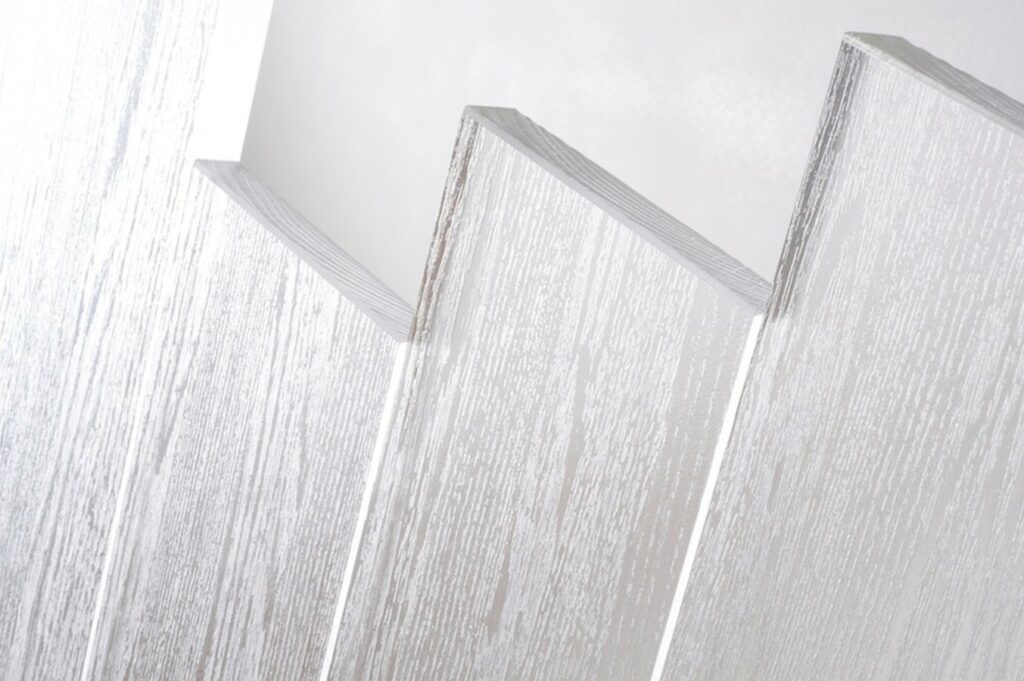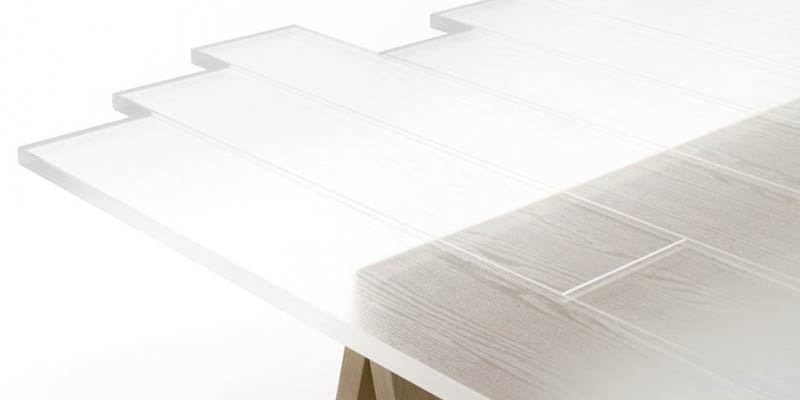Transparent wood has the potential to replace glass and plastic and also promises to significantly reduce the carbon footprint of buildings.
Transparent wood is created through a process that involves the removal of lignin, which gives wood its color and rigidity, from the wood’s cellular structure. Then a transparent polymer fills the empty spaces left by the removal of lignin, resulting in a material that is both strong and transparent.

Traditional glass windows are known for their poor insulation properties, allowing heat to escape during the winter months and causing interiors to heat up during the summer. Transparent wood, on the other hand, has been found to have superior thermal insulation properties, which could lead to significant energy savings in buildings.
In addition to its energy-saving potential, transparent wood is a renewable resource, unlike glass and plastic. The production of transparent wood also generates less carbon dioxide emissions compared to the manufacturing of glass and plastic, making it a more environmentally friendly option. Furthermore, the material’s inherent strength and durability mean that it is less prone to breakage and damage, which could result in lower maintenance and replacement costs over time.
The development of transparent wood is still in its early stages, with researchers continuing to explore ways to improve the material’s properties and production process. The current method of producing transparent wood is time-consuming and labor-intensive. While the current version of transparent wood allows a significant amount of light to pass through, it is not yet as clear as traditional glass. Scientists are working on refining the process to achieve a higher level of transparency. Despite these challenges, the potential of transparent wood as a sustainable and eco-friendly building material is undeniable.
You can read the original article at www.energyportal.eu


So, what are some relatively eco-friendly materials to make glasses lenses from? There’s a vast increase in the percentage of people developing “refractive errors”, that is, myopia (nearsightedness), hyperopia (farsightedness), presbyopia (age related farsightedness which usually begins in peoples 40s and 50s), astigmatism and a few others, which means demand for prescription glasses is through the stratosphere.
Why is the polymer considered ecofriendly?
Good question; I suppose because it is non-toxic.
Could this transparent wood be adapted to make eyeglasses and sunglasses lenses out of? Considering the eyewear industry is one of the largest consumers of transparent hard plastic and more people wear glasses than there used to be, the manufacturing of optical lenses could be the next frontier for transparent wood.
I doubt that transparent wood will ever be clear enough for eyeglasses.
But maybe there could be another semi eco-friendly material glasses lenses could be made of.